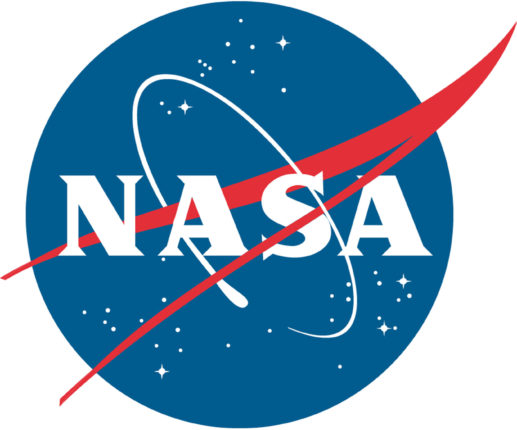NASA Astronaut Tom Marshburn to Retire
Veteran spacewalker and flight surgeon Tom Marshburn is retiring from NASA after 28 years, including 18 years as an astronaut. His last day with the agency is Saturday, Dec. 31.
As an astronaut, Marshburn spent 337 days in space, traveling to the International Space Station three times on three different spacecraft – the space shuttle, Soyuz, and SpaceX Crew Dragon — and performed five spacewalks during his three spaceflights.
The Statesville, North Carolina, native recently served as pilot for NASA’s SpaceX Crew-3 mission to the space station, the third long-duration mission for the Crew Dragon spacecraft. Throughout the mission, Marshburn and his Expedition 66/67 crewmates performed more than 250 scientific investigations designed to benefit all of humanity and help future exploration.
During the Crew-3 mission, astronauts worked on a variety of plant growth experiments, testing new systems for growing crops and studying potentially drought-resistant cotton plants. In addition, they tested a handheld bioprinter designed to create bandages made from skin cells directly onto a wound, and a miniature scanning electron microscope. Crew members also installed a new device to support studies on fire safety in microgravity, and conducted one of the first archaeological experiments in space. Marshburn also took part in a spacewalk that successfully replaced a faulty antenna on the Port-1 truss structure.
“Tom Marshburn is an exceptional example of the astronauts that walk the halls here at NASA. His positive contributions to our mission as a flight surgeon, astronaut, and mentor have left an indelible impact,” said Norm Knight, director of Flight Operations at NASA’s Johnson Space Center in Houston. “Future crew members and colleagues will continue to benefit from his work as we continue to revolutionize spaceflight in low-Earth orbit and on our Artemis missions to the Moon and to Mars.”
Dr. Marshburn came to Johnson in November 1994 as a flight surgeon, assigned to support space shuttle medical operations and the joint U.S./Russian space program. The certified emergency physician spent years supporting NASA personnel deployed to the Gagarin Cosmonaut Training Center, Star City, Russia, and was co‐chair of medical operations for the Shuttle/Mir Program. He was medical operations lead for the space station until being selected to become an astronaut in May 2004.
“I want to extend a heartfelt thank you to Tom for his dedication and service to human space exploration,” said, NASA’s Johnson Space Center Director Vanessa Wyche. “Tom’s leadership and achievements to benefit humanity throughout the duration of his career with the agency will bequeath and inspire the next the generation of explorers, the Artemis generation, who will carry us to even greater heights.”
Dr. Marshburn completed astronaut candidate training in February 2006. His first spaceflight was in 2009 aboard the shuttle Endeavour. Highlights of the 15-day STS-127 mission to the station included a record 13 astronauts working aboard the station representing all five international partner agencies, and delivery of the Japanese‐built Exposed Facility and the Experiment Logistics Module-Exposed Section. He performed three spacewalks during the mission. His second spaceflight launched in December 2012 aboard a Soyuz spacecraft. During his first long-duration flight, Expedition 34/35, he logged more than 146 days in space, and 5 hours and 30 minutes of emergency spacewalk time to replace a leaking ammonia pump.
“It’s beyond difficult to say farewell to the friends and colleagues I’ve worked with around the world over the past 28 years,” Dr. Marshburn said. “It has been the honor of my life to have participated in our nation’s human spaceflight endeavors, especially with my immensely talented and visionary colleagues throughout NASA. They’ve been on the forefront of enabling private companies to join the human spaceflight community and I’m excited for the new challenges ahead.”
Dr. Marshburn graduated from Henderson High School, Atlanta, Georgia, in 1978. He received a bachelor’s degree in physics from Davidson College, Davidson, North Carolina, in 1982, a master’s in engineering physics from the University of Virginia, Charlottesville, in 1984, a doctorate in medicine from Wake Forest University, Winston-Salem, North Carolina, in 1989, and a master’s in medical science from the University of Texas Medical Branch in Galveston in 1997.
Learn more about how NASA explores the unknown and innovates for the benefit of humanity at:


